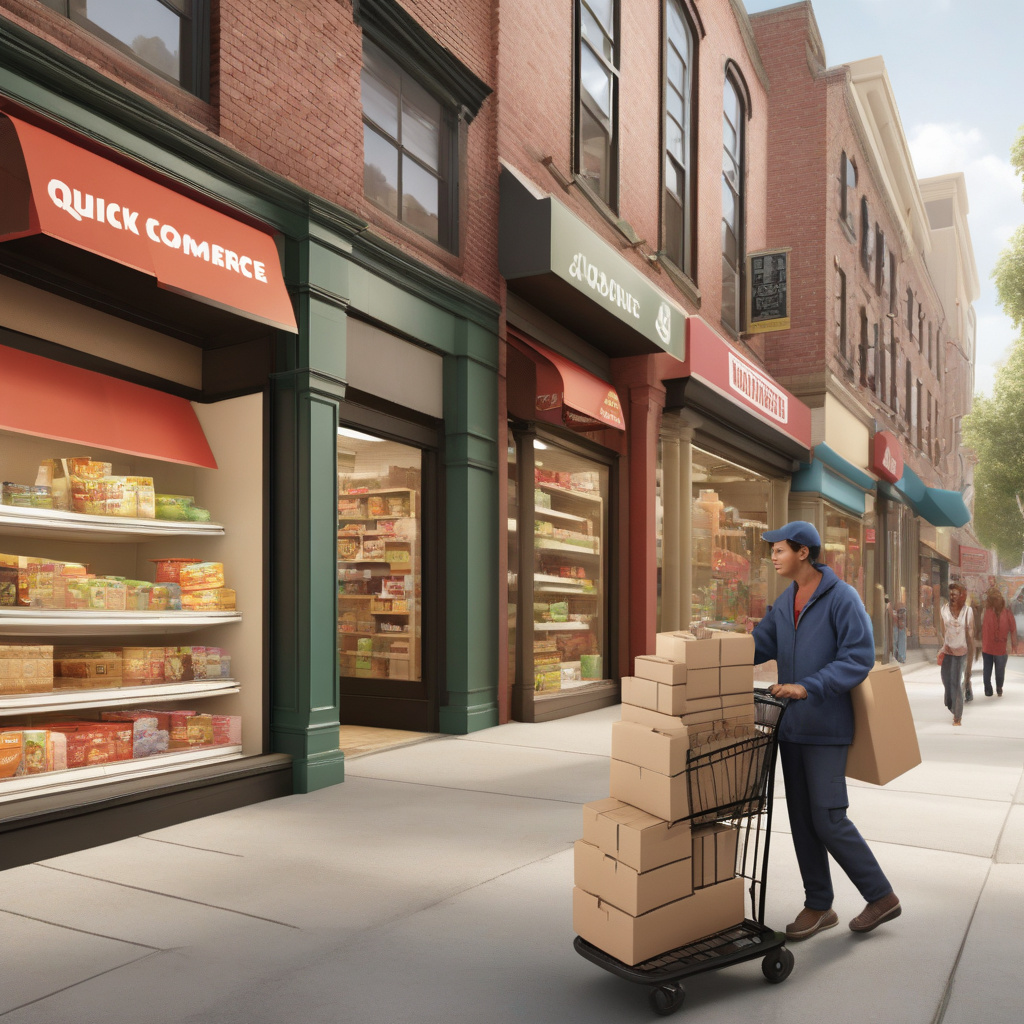Is Quick Commerce Cannibalizing Traditional Retail Channels? Insights from Kearney Report
In the ever-evolving landscape of retail, the rise of quick commerce is causing a significant shift in consumer shopping behaviors. According to a recent report by Kearney, the rapid growth of quick commerce is largely cannibalizing sales from traditional retail channels, posing both challenges and opportunities for businesses in the sector.
One of the key findings of the Kearney report is that quick commerce platforms are increasingly becoming the go-to choice for consumers seeking convenience and speed in their shopping experience. With players in the quick commerce space such as supermarkets and e-commerce platforms offering bigger discounts and faster delivery options, traditional brick-and-mortar retailers are facing tough competition to retain their market share.
Marico, a leading consumer goods company, is one such example of a business that is adapting to this shifting retail landscape. The company has recognized the need to tailor its product portfolios to better meet the demands of consumers shopping through quick commerce channels, in an effort to boost sales and stay competitive in the market.
The impact of quick commerce on the e-commerce sector is also significant, with the report highlighting that the contribution of quick commerce to overall e-commerce sales is doubling yearly. This trend underscores the growing preference among consumers for on-demand delivery services that quick commerce platforms offer.
In terms of sales figures, quick commerce currently accounts for approximately 3-6% of sales for consumer goods firms. However, Kearney projects a substantial threefold growth for the quick commerce grocery market by 2027, indicating that the trend is set to continue its upward trajectory in the coming years.
Consumer companies across the board are bracing themselves for the continued growth of the quick commerce segment, with many ramping up their investments in technology and logistics to meet the evolving needs of consumers. By leveraging data analytics and digital tools, businesses are striving to enhance their quick commerce capabilities and provide a seamless shopping experience for customers.
As the retail industry navigates this period of transformation, it is clear that quick commerce is here to stay and will play an increasingly prominent role in shaping the future of retail. While traditional retail channels may experience some cannibalization in the short term, there are opportunities for businesses to adapt and thrive in this new retail landscape by embracing the convenience and efficiency that quick commerce offers.
In conclusion, the Kearney report sheds light on the growing influence of quick commerce in the retail sector and the need for businesses to adapt to this changing environment. By staying attuned to consumer preferences, investing in technology, and optimizing their operations, retailers can position themselves for success in the era of quick commerce.
quick commerce, retail, e-commerce, consumer goods, Kearney report
